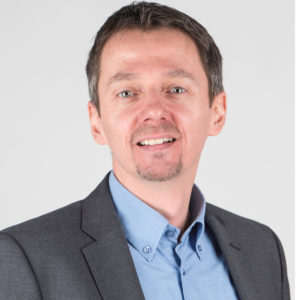The demand for clinical trials is growing as the pool of clinical research associates (CRAs) and other professionals is shrinking. It’s a stubborn problem threatening the very quality of trials and undermining the opportunity to bring more innovative drugs and devices to vulnerable patients.
However, far from being some absolute law of workforce physics, it’s in fact a fluid dynamic the medical research and development industry doesn’t have to accept, many experts insist.
“There are lots of talented people out there who want to get into the clinical field,” says Dietmar Eglhofer, CEO of VIARES GmbH. “We need to close that gap.”
There are a number of issues contributing to the problem, not least of which is the clinical trial industry’s relative weakness when compared to other industries in terms of attracting and retaining new talent. Airline personnel, hairdressers, car mechanics, and the like must all endure clear training and certification to help clarify the roles and responsibilities of the job and ensure talented people with the right aptitude fill the much-needed positions.
However, the clinical trial industry has tended to rely on a random tenure requirement before welcoming new talent into the fold. That’s a big mistake, and it has left the clinical trial industry flailing to keep up with demand, says Jim Kremidas, executive director of the Association of Clinical Research Professionals (ACRP). “At a time when the demand for clinical trials has never been greater, we need to find new ways to bring in the next generation of professionals even as we train our current workforce to be even better,” he says.
“Having two years of experiences doesn’t necessarily correlate to quality performance in the workforce,” Eglhofer adds.
VIARES provides its growing customer base with on-demand, highly qualified CRAs and clinical trial assistants through its proprietary VIARES ACADEMY training programs.
“As an industry, we are missing out on so much great potential talent,” Eglhofer says. “Up until now, we’ve had no real answer as an industry to the CRA talent shortage.”
Looking ahead, Eglhofer believes we’ll see a significant shift in the industry over the next two to three years. “I think training and certification” will be viewed as equal or even superior to tenure as determinants of “employability” with new CRA entrants, he says.
Author: Michael Causey



